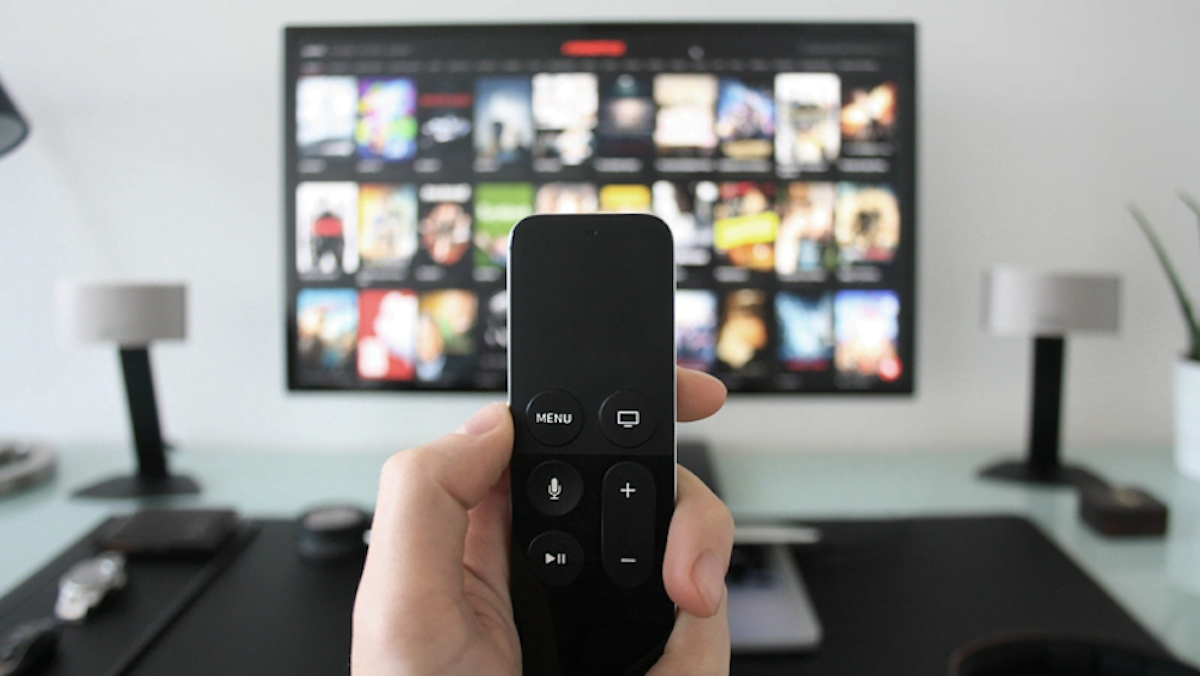Government, Trai and Long Journey of Need to Revamp BARC
In December 2018, MxM India, a business-to-business media company in a blog post said that the government must not have a role in the television rating process. The post was in response to Trai issuing a consultation paper on the “Review of Television Audience Measurement and Rating System in India.” “Vested interests have evidently got onto the act and prevailed upon the government to do this,” MxM India said in its post. “The genesis of the problem is the unity (or lack of it) amongst and within the three constituents. The Ravana in the Room is clearly the lot of news channels and some of the smaller, fringe players.” Further, the post highlighted that the BARC India would have had a smooth sailing had the news channels not been measured for ratings. MxM India said that the “news channel bosses are influential, and governments over the years are under pressure directly and from politicians” to pursue issues which it shouldn’t waste its time on. TRAI in its recommendations on Tuesday said that the majority of the broadcasters’ revenues was through the advertisement revenue. According to Trai, the flow of advertisement revenue depended on the profile of the audience which was tied to the popularity of the content which was measured through “Television Audience Measures and Rating.” “This is why it is imperative that the process of TAM and TRP should be objective, fair, neutral, and transparent,” TRAI said. Further, Traisaid that the review of the rating system was initiated due to the stakeholders rising concerns “relating to the structure, neutrality, and reliability of the existing rating system.” In response to its consultation paper, Trai said that the stakeholders who were not satisfied with the BARC India have stated that there was a lack of transparency over the collected data. Additionally, the stakeholders have told TRAI that the low sample size “have led to erratic viewership behavior leading to misinterpretation of viewing behavior.” It has to be noted that some stakeholders have also submitted positive comments to Trai on BARC India. According to Trai, these stakeholders have told that BARC have been able to furnish better data sets due to it being an industry body “having no cross-holding and conflict of interests.” However, Trai in its recommendations on Tuesday said that BARC board should have 50% independent members including two representatives from government or the regulator. Additionally, the board was also required to have one member as a measurement technology expert and one statistician of national repute from among top institutions of the country. The response to Trai’s recommendations have been polarising on social media with several industry experts skeptical about the government’s involvement in the audience rating system. Anant Rangaswami, editor of MELT magazine, said in a tweet that it was “never a good idea for the government to get involved in audience measurement.”
Competition Always Welcome in Any Business But Broadcast Industry Prefers Monopoly
Madhu Viswanathan, assistant professor at Indian School of Business, said on Twitter that the government must ensure proper regulation when monopoly rights are awarded to any business. However, as noted by Trai in its recommendations, stakeholders have said that the multiple data collection agencies will lead to increased cost of operations passed on to broadcasters. The stakeholders have said that the broadcasters facing increased costs due to them participating in multiple data collection agencies will pass on the burden to end consumers. While some stakeholders have told Trai that they were in favour of competition as it will lead to new technologies and new methodologies, one stakeholder has pointed to aMap and its wipe out. Audience Measurement & Analytics Limited, collectively referred to as aMap began in 2004 in India as several industry leaders felt the need for an additional audience measurement system. In 2011, aMap had to shut down its operations due to lack of takers in the broadcast industry. aMxM India in its post highlighted that the BARC fees at its lowest end are in the region of Rs 15 lakhs plus GST. Further, MxM India said that the broadcasters, advertisers and agencies might not pay subscription fees to two measurement companies. “Competition is always good in any business,” MxM India said in its post. “But it may be remembered that even aMap, when it existed as a counter to TAM not too long ago, had to shut shop because of lack of patronage.” It remains to be seen whether broadcasters sign up for the second measurement company but as in the case of aMap, it might not be an easy take off for, particularly in the times of COVID-19 situation. The Indian Broadcasting Foundation recently said that the advertisement bookings were down 50% due to the COVID-19 situation. With Trai highlighting that the advertising revenues are a large part of broadcasters’ revenues, it remains to be seen whether it was the right time for Trai to release its recommendations on BARC India.
